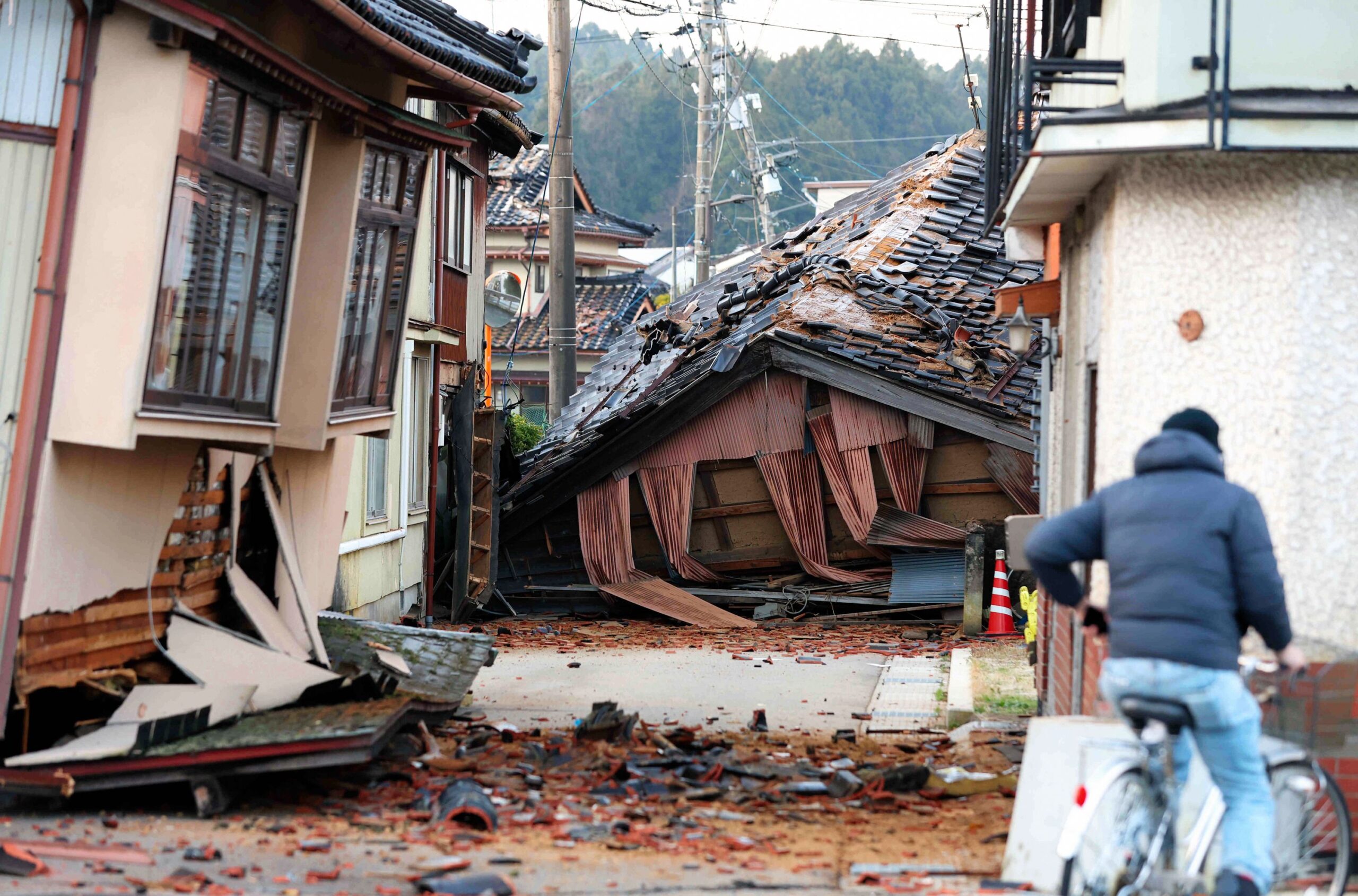Japan’s seismic activity has prompted fresh concerns after a 7.1 magnitude earthquake struck the southern region on Thursday, injuring eight people. The tremor, which hit near the southern island of Kyushu, caused traffic lights to sway, cars to shake, and dishes to fall from shelves. Fortunately, no significant damage was reported.
In response, the Japan Meteorological Agency (JMA) issued a warning about the possibility of a “megaquake” occurring in the near future. This marks the first time such an advisory has been issued under a new system established following the devastating 2011 earthquake and tsunami. Despite the heightened alert, the JMA clarified that this does not guarantee a major earthquake will occur, but the probability is higher than usual.
A government spokesperson did not comment on reports that Prime Minister Fumio Kishida may cancel a planned trip to Central Asia due to the earthquake warning.
Japan is no stranger to seismic activity, as it sits atop four major tectonic plates. The country experiences around 1,500 earthquakes annually, though most are minor. However, experts have long warned of the potential for a “megaquake,” which they estimate has a 70 percent chance of striking within the next 30 years. Such an event could affect vast areas along Japan’s Pacific coastline and potentially claim up to 300,000 lives in a worst-case scenario.
While predicting earthquakes remains impossible, experts note that the occurrence of one quake can increase the likelihood of subsequent tremors. However, they stress that even with elevated risk, the overall probability remains low.
Japan has faced significant seismic events in the past, most notably the 2011 undersea earthquake that triggered a massive tsunami, leaving around 18,500 people dead or missing. The disaster also led to a meltdown at the Fukushima nuclear plant, marking Japan’s worst post-war crisis and the most severe nuclear accident since Chernobyl.
A potential future megaquake could originate from the Nankai Trough, a vast area off eastern Japan known for producing major seismic events. This region has historically seen quakes with magnitudes of eight or nine, including the 1707 event, which triggered Mount Fuji’s last eruption, and a series of powerful quakes in 1854, 1944, and 1946.
Japan’s advanced building techniques and emergency preparedness have helped mitigate the impact of such disasters, but the country remains on high alert as it continues to monitor seismic activity in the region.









